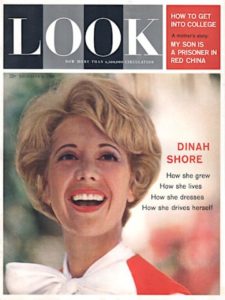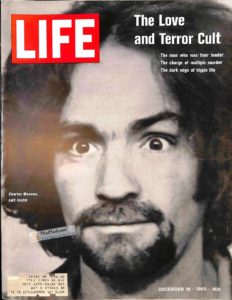
My budget-conscious father was very particular about where his money went, particularly when it came to monthly subscriptions. But he enjoyed his magazines. That’s why we had all three big weekly magazines coming in the mail for a period of time in the 60’s.
The big three were Life, Look, and the Saturday Evening Post (I just remember it as the shorter-named Post).
While the big three are certainly treasured Boomer memories, you have to go back a lot farther than that to see where they started. And they were one of the few things that youngsters of the Now generation enjoyed along with their much more conservative parents.
It all stared in 1821, when the Saturday Evening Post began to be published. The magazine was intended to be a general-interest offering of news, fiction, poetry, cartoons, and editorial comment. It soon became a mainstay of American literature. Later in the 20th century, it became renowned for its illustrations by prolific painter Norman Rockwell.
Life Magazine showed up in 1936, founded by publishing magnate Henry Luce. He purchased the name from a general interest magazine that originated in 1883, and that offered fare similar to the Post.

Luce envisioned a publication that would present its content photographically, with the pictures dominating the text. While it would feature top-notch writing, readers would primarily remember the photos.
Look magazine came along a year later, and took the same approach. While a quality offering in itself, it would always play second fiddle to Life.
The Post saw the light as well, and began featuring more photos and less writing around this time.
After WWII, the soaring economy was good for all three magazines, and our parents subscribed to them in droves. Consequently, many of us kids grew up with the great photos contained therein. In fact, many of America’s most loved photographs once graced the pages and covers of the big three. Who can forget the ecstatic sailor kissing the girl in Times Square on VJ Day, captured by Life photog Alfred Eisenstaedt?
But television began capturing our attention in the 50’s. Subscriber rates for all three began to fall. They tried shifting their focus to the younger generation, publishing articles with a more liberal slant about protests, rock and roll, and the Vietnam War. The Post changed its cover look from the classic style it had owned since the Rockwell days to a Life-imitating simple Post logo in the upper left corner. The struggling publications still offered quality stuff, but our generation was simply too busy watching it all on TV to bother. Plus, that formerly booming economy was having problems.
By the late 1960’s, the end was near. Post was the first to go under, publishing its last issue on February 8, 1969. Look quit in 1971, Life ceased regular publication in 1972.
All three have made comebacks of sorts, but gone are the days when every living room in America had a large, colorful magazine on the coffee table that had arrived in the mail within the last week.